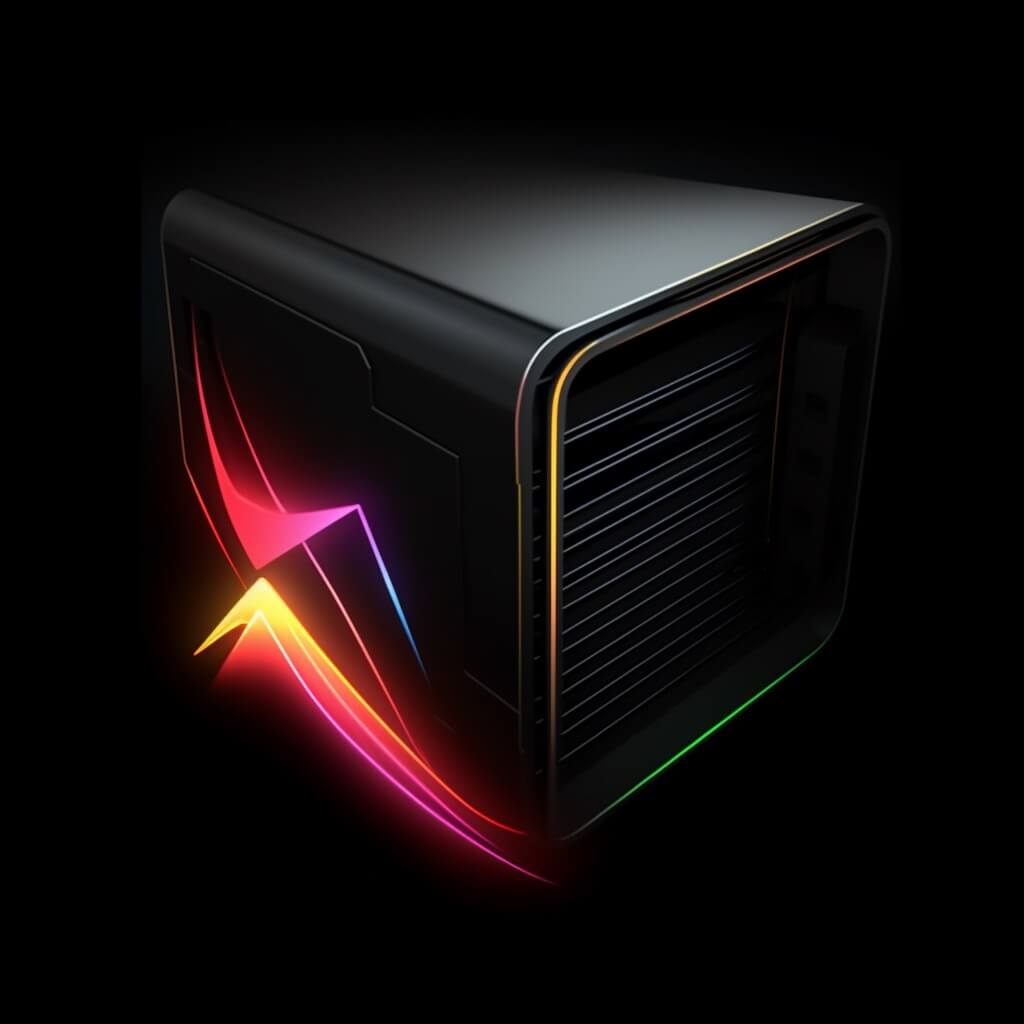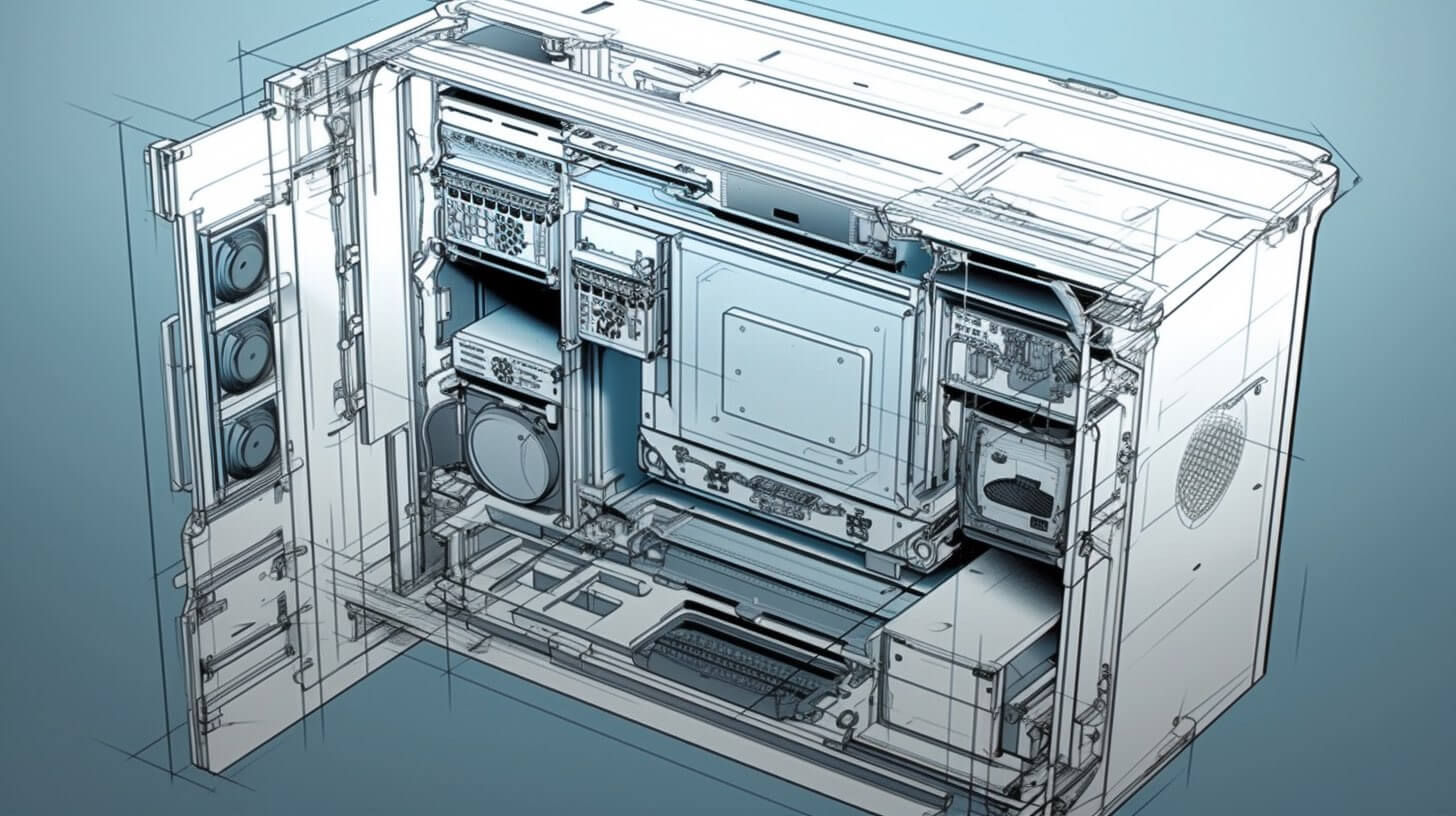check if you need renames if nothing shows up, you are good possible usb mappings The 2 main search terms are XHC and EHC, but if you have a legacy board with UHCI or OHCI controllers you’ll need to adjust. A blanket USB search may show too many entries and confuse you.




